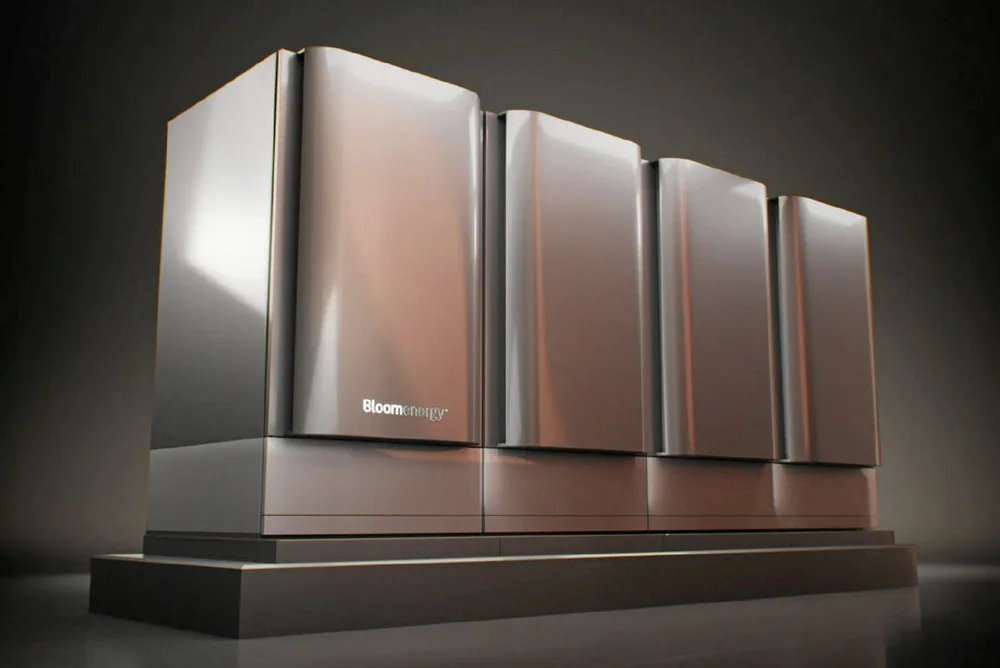World’s largest solid-oxide hydrogen electrolyser installed at Nasa facility in California
Bloom Energy says the unit will be 20-25% more efficient than same-sized alkaline or PEM machines

Bloom Energy says the unit will be 20-25% more efficient than same-sized alkaline or PEM machines
